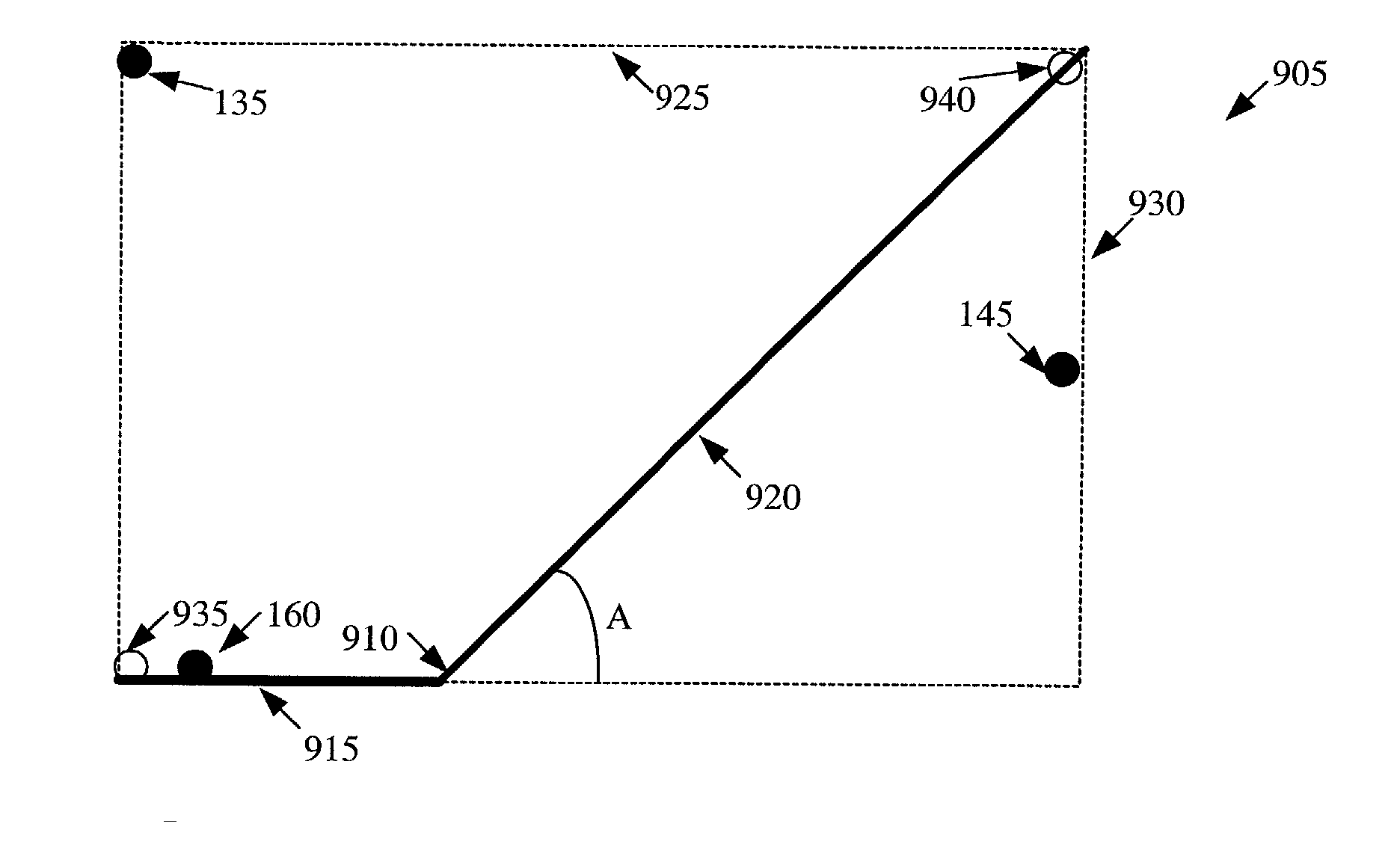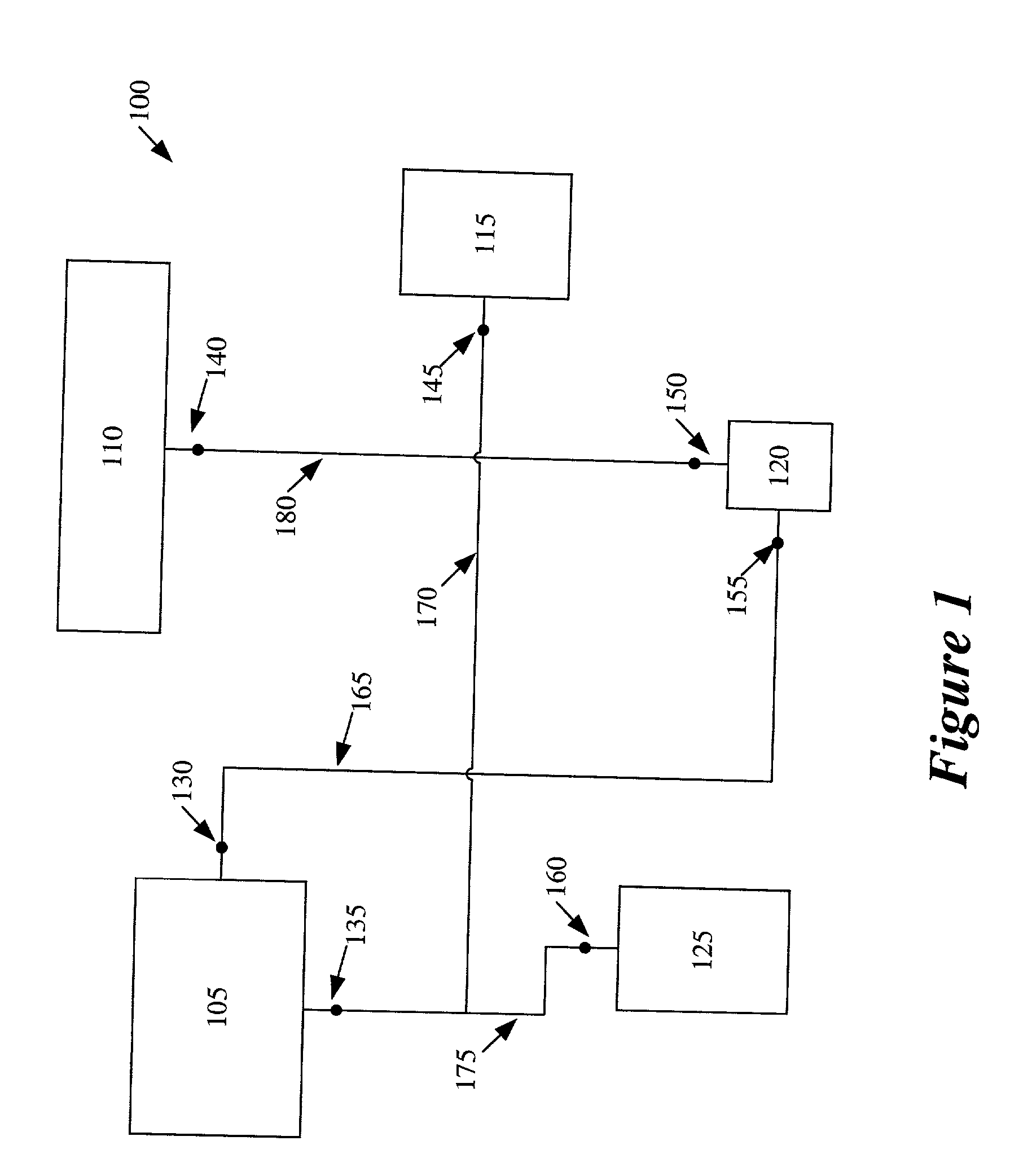Method and Apparatus for Using Connection Graphs with Potential Diagonal Edges to Model Interconnect Topologies During Placement
a technology of connection graphs and topologies, applied in computer aided design, program control, instruments, etc., can solve the problems of large area, poor performance, and estimate the cost of wire length of placemen
- Summary
- Abstract
- Description
- Claims
- Application Information
AI Technical Summary
Benefits of technology
Problems solved by technology
Method used
Image
Examples
Embodiment Construction
[0059] The invention is directed towards method and apparatus for considering diagonal wiring in placement. In the following description, numerous details are set forth for purpose of explanation. However, one of ordinary skill in the art will realize that the invention may be practiced without the use of these specific details. In other instances, well-known structures and devices are shown in block diagram form in order not to obscure the description of the invention with unnecessary detail.
[0060] Some embodiments of the invention are placers that consider diagonal lines in calculating the costs of potential placement configurations. For instance, some embodiments estimate the wirelength cost of placement configurations by (1) identifying, for each net, a bounding box that encloses all the circuit elements (i.e., pins or circuit modules) of the net, (2) computing an attribute of each bounding box by using a line that can be completely or partially diagonal, and (3) generating a p...
PUM
 Login to View More
Login to View More Abstract
Description
Claims
Application Information
 Login to View More
Login to View More - R&D
- Intellectual Property
- Life Sciences
- Materials
- Tech Scout
- Unparalleled Data Quality
- Higher Quality Content
- 60% Fewer Hallucinations
Browse by: Latest US Patents, China's latest patents, Technical Efficacy Thesaurus, Application Domain, Technology Topic, Popular Technical Reports.
© 2025 PatSnap. All rights reserved.Legal|Privacy policy|Modern Slavery Act Transparency Statement|Sitemap|About US| Contact US: help@patsnap.com



